Hárbarðsljóð
by Peter Krüger
© 2014
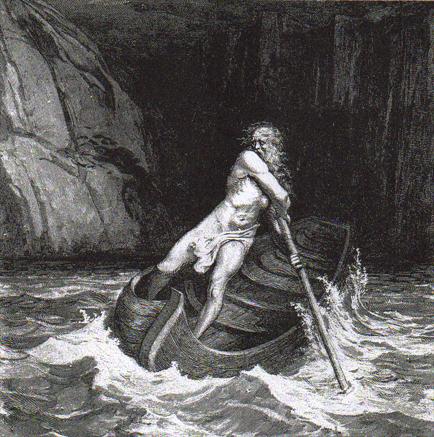 |
[Germanic Astronomy]
In Hárbarðsljóð both Thor and Hárbard have a characteristic attribute. Thor the basket, his burden and Hárbard the ferryboat. Could this help to explain the scene?
In the starry sky there is one big boat, Argo Navis. Directly in front of it we find Canis Major with the bright star Sirius. Now, Sirius is known under the name Lokabrenna so it has a connection to Loki. This explanation would support Viktor Rydberg's conclusion that Hárbard is Loki, not Odin despite Hárbard being an Odin-name in Grímnismál 47. The keel of Argo Navis is in the Milky Way. This would than be sound separating Hárbard from Thor in Hárbarðsljóð, which I assume is the Elivagar.
Hárbard says that the boat he steers is owned by one Hildolf. Could Hildolf, the "Battle-wolf", then be Canis Major?
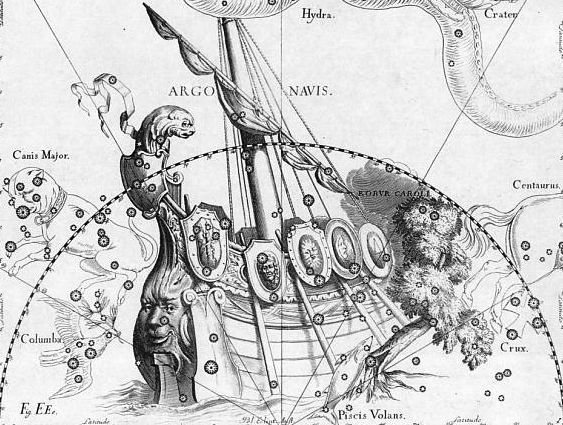 |
If ögur in Hárbarðsljóð 13 means "burden" and refers back to the meis (basket) of strophe 3: meis hef ek á baki, "I have a basket on my back", does it refer to the story of Thor carrying Aurvandil through the Elivagar? In Skáldskaparmál 25, we find the very similar phrase borit í meis á baki, "carried in a basket on my back." So could it mean that Thor ultimately did wade through the Elivagar and the toe of his burden was frozen off? I have previously associated Thor's basket (meis) with the wagon of Auriga, which interestingly also has a connection with Egil (cp. Hymiskviða 7). In Auriga we find also the star Capella, which I assume to be Aurvandils toe.
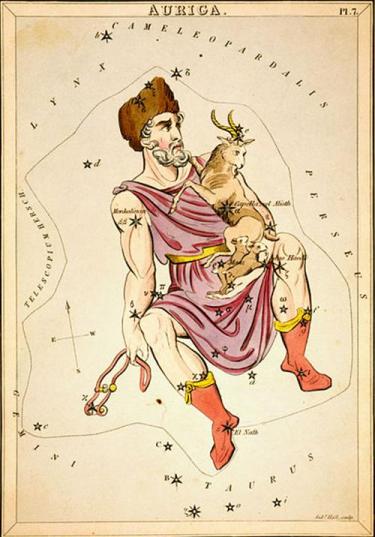 |
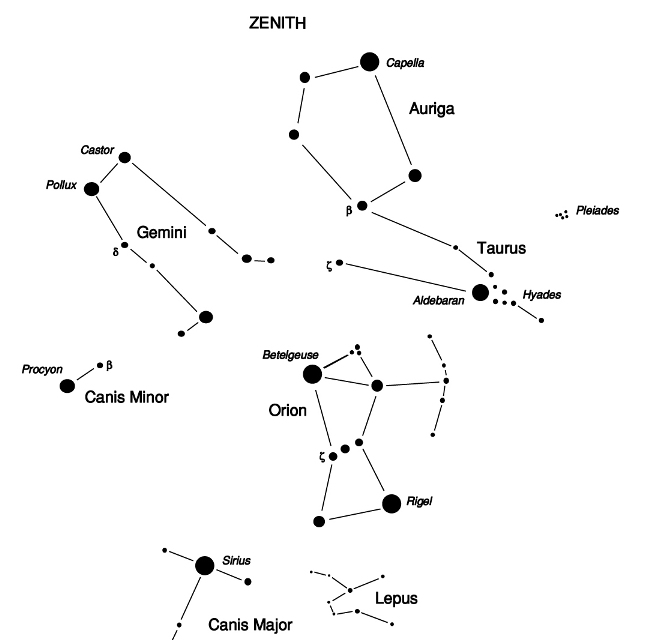 |
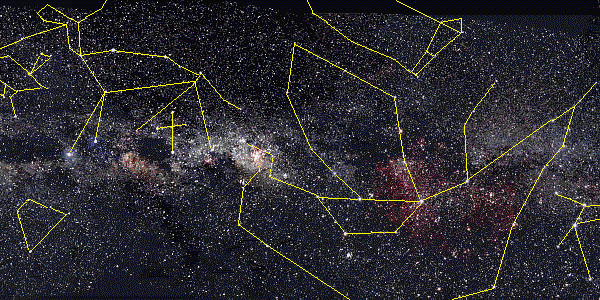 |
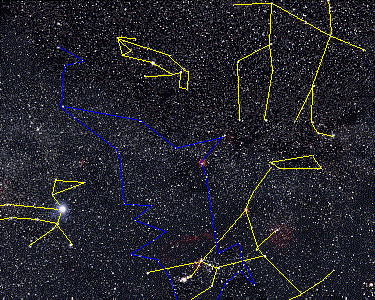 |
Thor appears with a meis, a basket on his back travelling back from austrvegr, the east-ways. In the Aurvandil myth where he also has a meis on his back he is explicitly said to return from Jötunheim, the home of the giants. Therefore the sound in Hárbarðsljóð acts as a border between the home of the giants and the "civilized" world. In Hárbarðsljóð the two worlds are connected by a ferry.
I associated the scenery with the Milky Way dividing the heavenly world into two parts. In most cases the entrance is a well hidden and guarded door that I connect with the Gemini/Taurus crossing point with the Milky Way and leading into a hollow mountain. However, it seems that travelling with a boat/ship is an alternative way to enter this "otherworld". I associated this ship with Argo Navis and the ferryman might be the star Sirius, known as Lokabrenna in the North. Loki definita tely has a connection to Hel. Like Charon, he too is an "escort", be it with a boat or as in the case of the abduction of Idunn with a "feather-cloak" (which I see as a Northern Persephone myth).
I have noticed something interesting. The main attribute of Hades as painted on Greek vases is a staff/sceptre with an eagle on the top. It is visible on the most pictures of the abduction of Persephone by Hades standing on his Quadriga. This reminds me strongly of the strange story of Loki hitting the giant Thjassi, rising in eagle guise, with a pole to. Loki sticks to the pole and is pulled to Thjassi's abode. The name Hades means "the Invisible", so maybe all we would see is the eagle with the staff. We should also compare the kjoll,"keel" of Völuspá with the boat scene in Hárbarðsljóð and Freki with Hildolf. Although constellations like Ara, Lupus, and Centaurus were not visible in the North, they were known nevertheless; there are many hints to them.
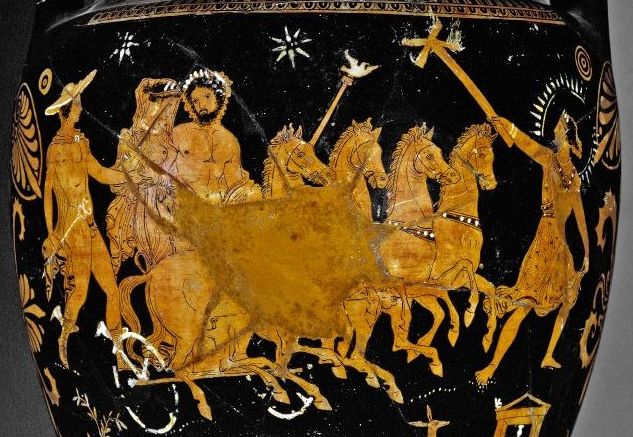 |
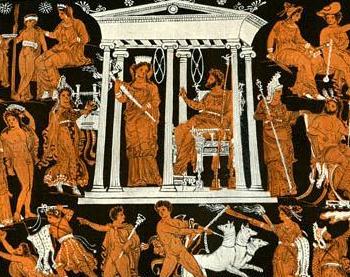 |
The Nibelungenlied may hide a disguised version of this scene. In Adventure 25 the Burgundians travel under the lead of Hagen to the realm of Etzel, King of the "Heunen". Interestingly, in German sources the words Hunnen (the eastern tribe of the Huns) and Hünen (=giants) are overlapping. The point of no return on their way thither is the crossing of the Danube river. This scene clearly has mythical elements. On the advice of two mermaids, Hagen convinces a ferryman to cross the river to his side. After a short fight, Hagen kills him and assumes the role of ferryman, carrying all of the Burgundians to the other shore and into the realm of the Huns/giants (?). We could say that he carries them to the land of the death as none of them will return to his home. Hagen plays a dark role here as very often Loki does, both can be described as guides to the dead.
What of the two mermaids? I have previously argued in the story of Thor's visit to the giant Geirröd, that his two daughters, Greip and Gjalp, who lift Thor to the ceiling to crush him while he is sitting on a chair, can be identified with the two parts of Cetus, the sea-monster. Here, they might reappear as two mermaids.
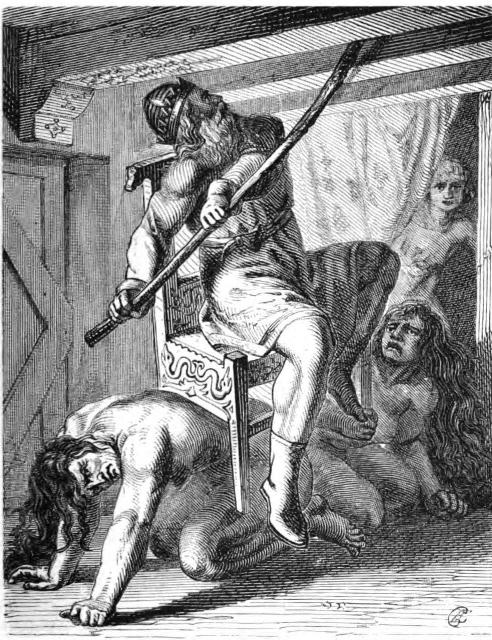 |
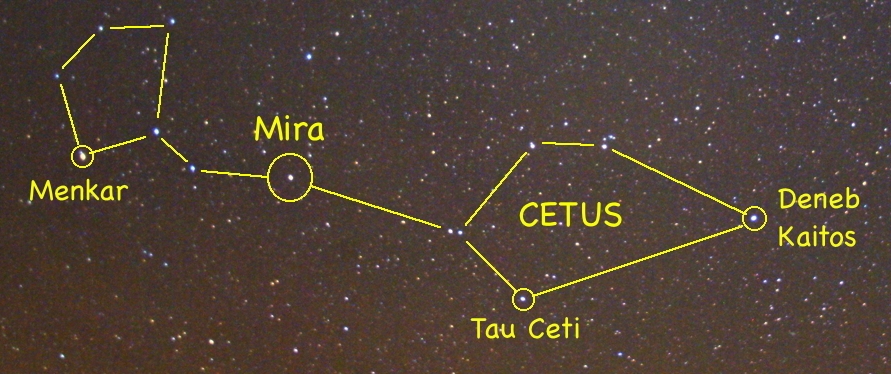 |
In Nibelungenlied Adventure 8 we might find a mixed version of the two entrances to the otherworld. Here Siegfried first arrives in a boat at the realm of the Niflungs, climbs up to a mountain and fights with Alberich (Auriga) and a giant doorkeeper (Orion) to get access to the "otherworld".
We might find a third version in the Northern sources where Sigurd first takes a boat to travel to the sons of Hunding (Canis Major and Canis Minor), killing them before he can continue on to fight against the dragon Fafnir (Serpens) and win the hoard of the Niflungs.